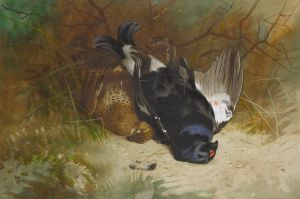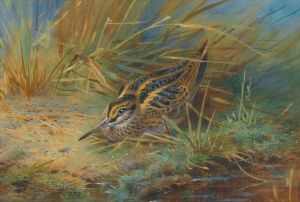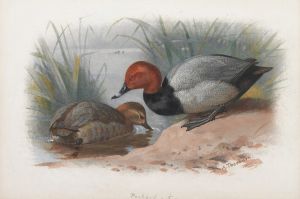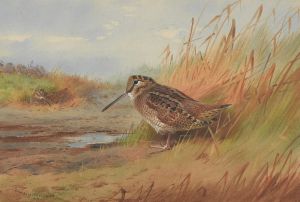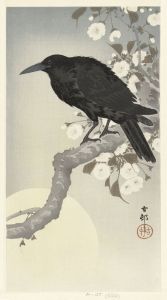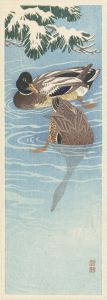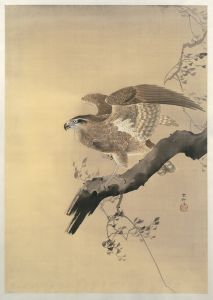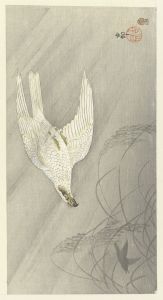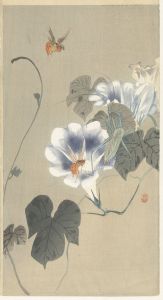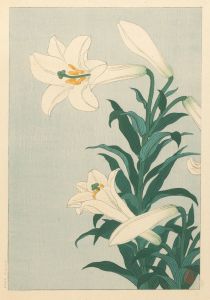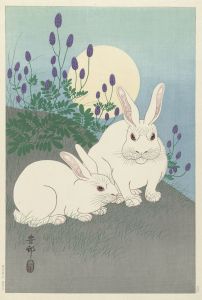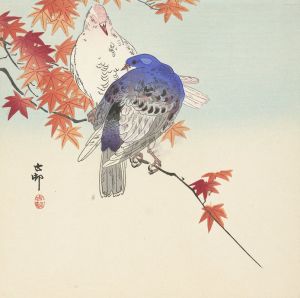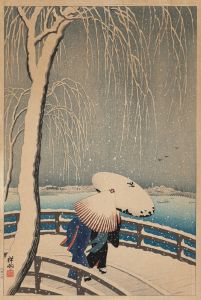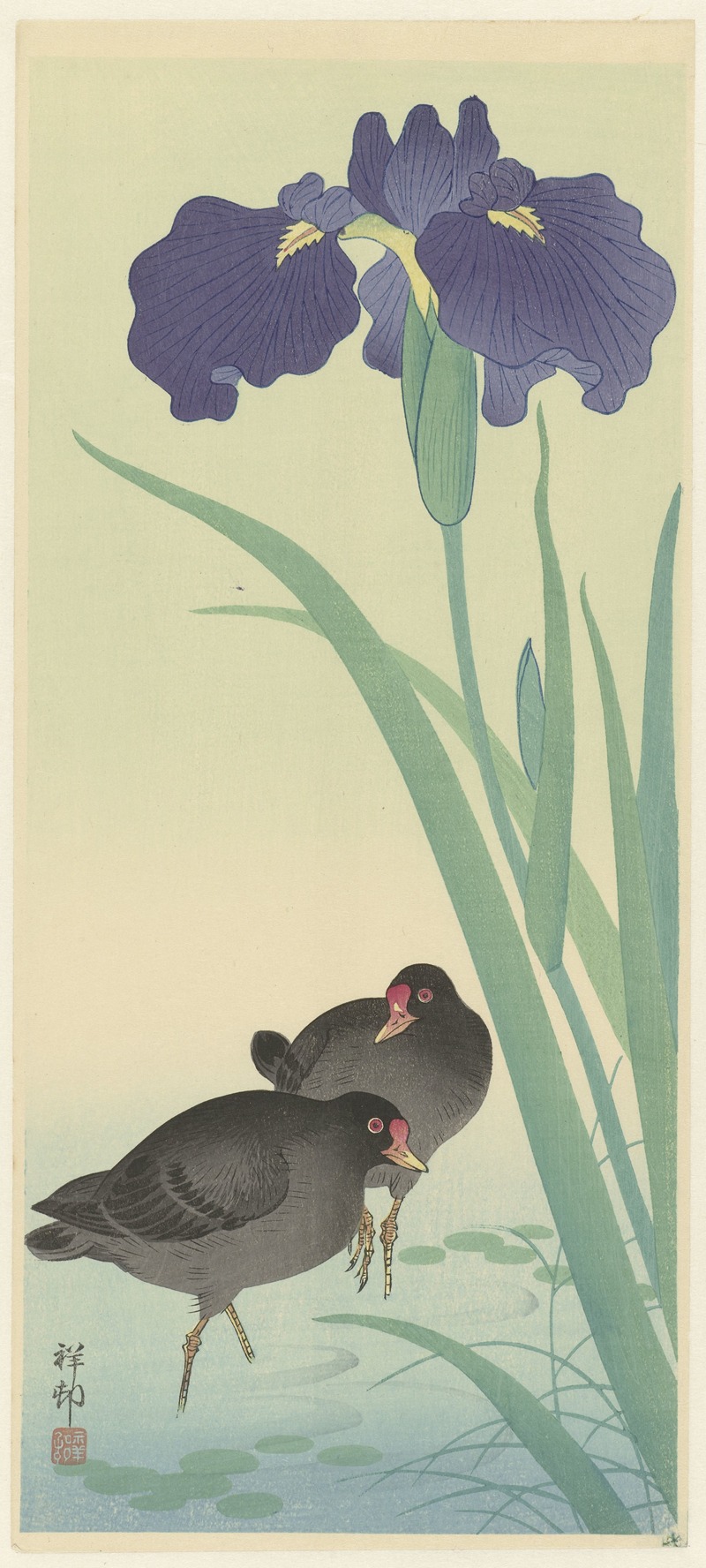
Moorhens and iris
A hand-painted replica of Ohara Koson’s masterpiece Moorhens and iris, meticulously crafted by professional artists to capture the true essence of the original. Each piece is created with museum-quality canvas and rare mineral pigments, carefully painted by experienced artists with delicate brushstrokes and rich, layered colors to perfectly recreate the texture of the original artwork. Unlike machine-printed reproductions, this hand-painted version brings the painting to life, infused with the artist’s emotions and skill in every stroke. Whether for personal collection or home decoration, it instantly elevates the artistic atmosphere of any space.
Ohara Koson (1877–1945) was a prominent Japanese artist known for his contributions to the shin-hanga ("new prints") movement, which revitalized traditional ukiyo-e woodblock printing in the early 20th century. His works are celebrated for their exquisite depictions of birds, flowers, and other elements of nature, often rendered with a delicate balance of realism and artistic expression.
"Moorhens and Iris" is one of Koson's notable woodblock prints, showcasing his mastery in capturing the beauty of wildlife and flora. The artwork depicts a serene scene of moorhens, a type of water bird, interacting near a cluster of irises. The composition is characterized by its harmonious balance, with the birds and flowers arranged in a way that emphasizes both their natural elegance and the tranquil atmosphere of the setting. Koson's use of soft colors and fine details highlights his skill in portraying the textures of feathers, petals, and water surfaces.
This print exemplifies Koson's ability to blend traditional Japanese aesthetics with influences from Western art, which was a hallmark of the shin-hanga movement. The movement sought to appeal to both domestic and international audiences by combining the craftsmanship of traditional woodblock printing with modern artistic sensibilities. Koson's works, including "Moorhens and Iris," were particularly popular among Western collectors during the early 20th century, contributing to the global appreciation of Japanese art.
The exact date of creation for "Moorhens and Iris" is not definitively documented, but it is consistent with Koson's active period in the shin-hanga movement, which spanned from the early 1900s to the 1930s. The print was likely produced in collaboration with a skilled carver and printer, as was customary in the production of woodblock prints. Koson typically worked with publishers such as Watanabe Shozaburo, who played a significant role in promoting shin-hanga artists to international markets.
Today, "Moorhens and Iris" is regarded as a fine example of Koson's artistry and the shin-hanga movement's emphasis on the natural world. The print is held in various private and public collections, including museums dedicated to Japanese art. It continues to be admired for its technical precision, aesthetic beauty, and the way it captures a fleeting moment in nature with timeless grace.





